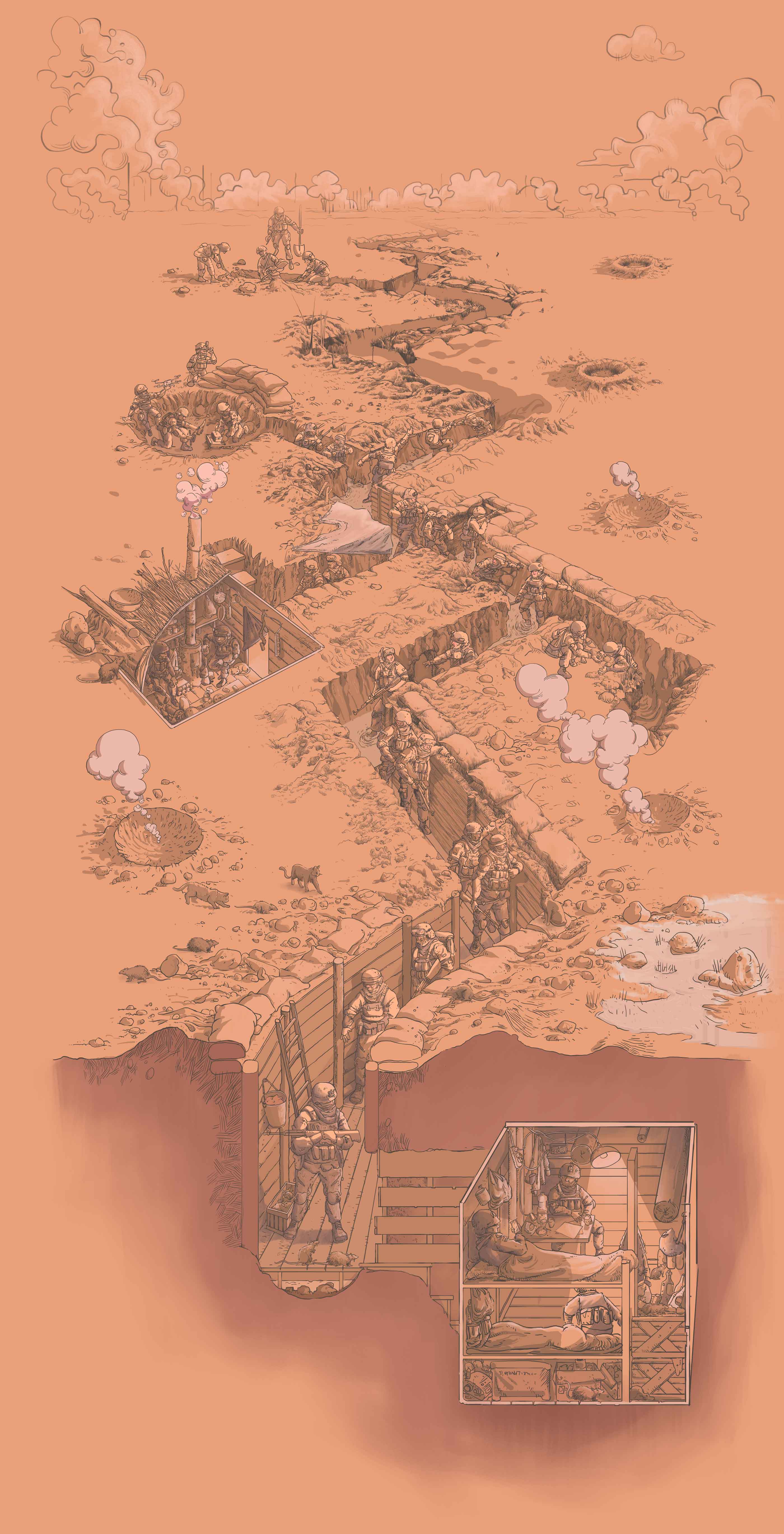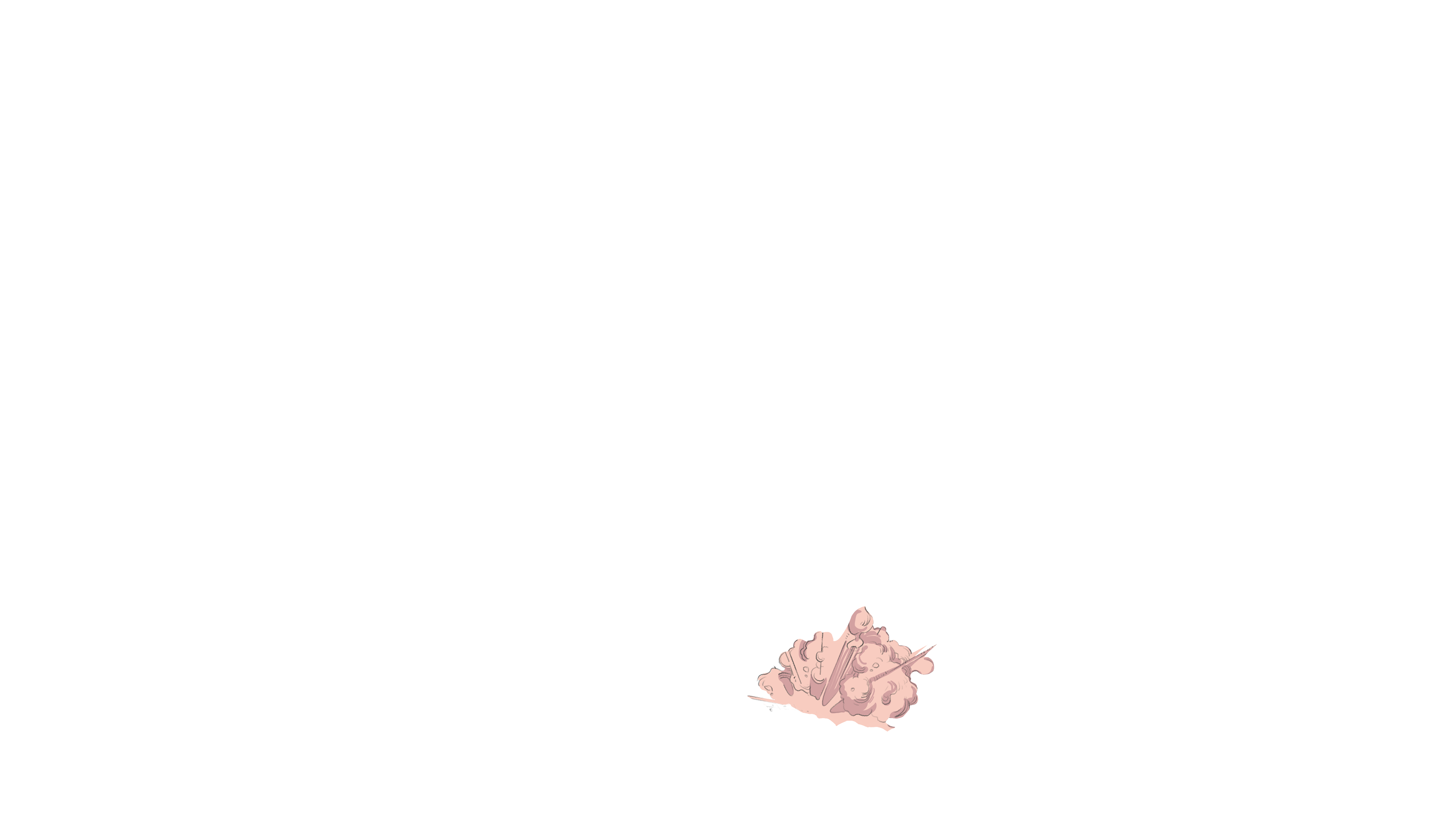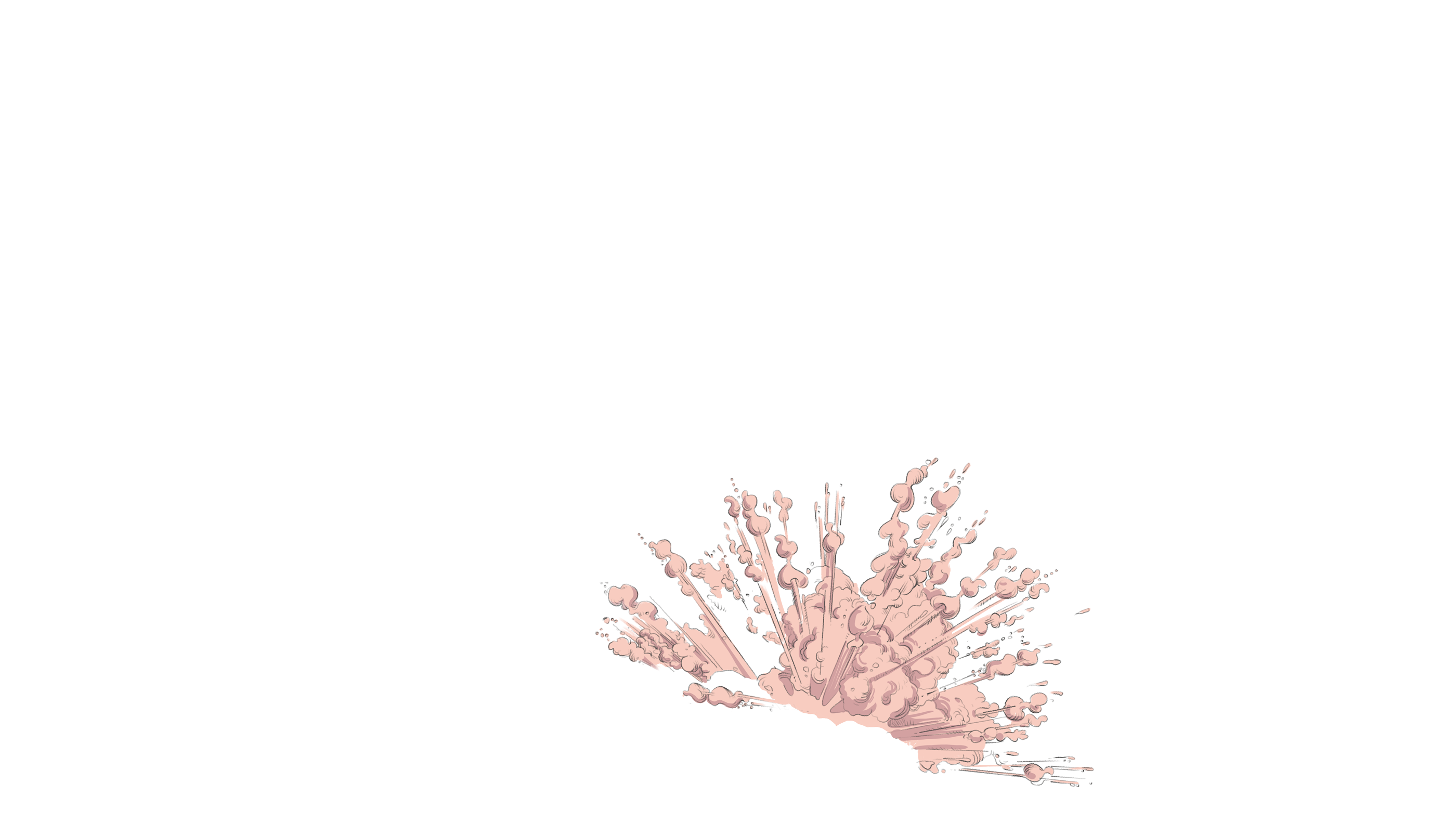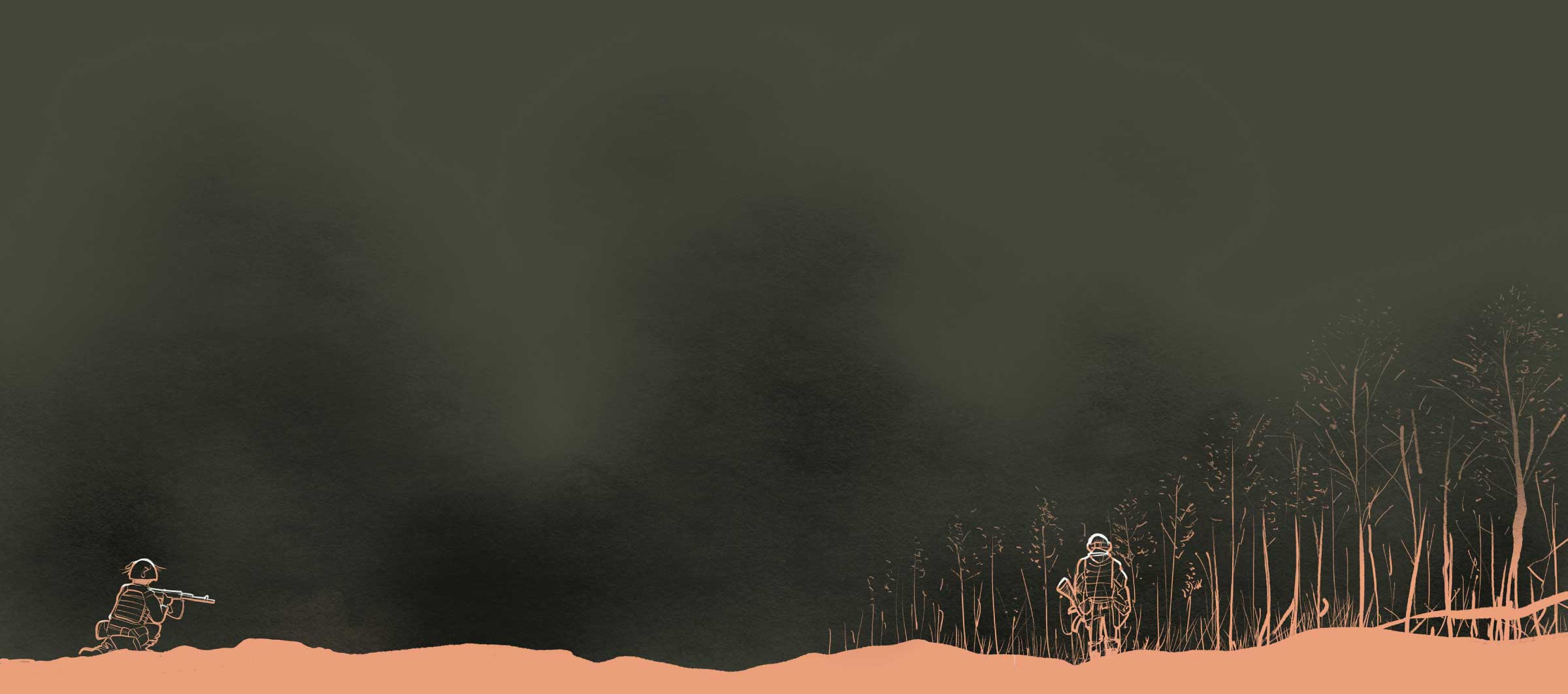Trench warfare: Ukraine and Russia dig in as fighting grinds into third year
The Ukraine-Russia war has settled into a bloody stalemate as it grinds on into its third year. After a 2023 counteroffensive that could not break Russian lines, Ukraine’s Western-backed forces have adopted a more defensive strategy, by building more trenches and other defences along the front line and near its border with Belarus, a Russian ally. The defences, similar to those in the Russian-controlled south and east, have drawn comparisons with the trench-marked landscapes of France in World War I.



Rat infestations
Rats infest trenches due to seasonal changes, mating cycles, and a lack of food sources. They can damage equipment and transmit diseases. “Mouse fever” can be transmitted through contact with mouse faeces or urine. Symptoms include severe headache, high fever, rashes, low blood pressure, and kidney problems.

Trench foot
Prolonged exposure to unsanitary, wet conditions can lead to foot problems, including infections and tissue decay.

The mud factor
Rasputitsa refers to muddy periods during spring and autumn. It makes transportation challenging, slows down military operations, and affects supply movements. Ukraine's rich, black soil is among the most fertile in the world.
Territorial control
Here is a map of the battlefield in February 2024, showing territory controlled and contested by Ukraine and Russia, and the front line that extends for about 1,000km.
Long-range strikes
As Ukraine and Russian troops engage in close quarters combat, both sides regularly exchange long-range attacks. Ukraine has targeted Russia’s border regions with missiles, and Moscow’s forces have struck Ukrainian cities with missiles and drones. Russia started carrying out strikes on Ukraine’s energy, military and urban infrastructure in October 2022, six months after its troops failed to take over the capital Kyiv and withdrew to Ukraine’s east and south. Ukraine has used interceptor systems, such as the US-made Patriot systems against Russian missiles. The US and European allies have given Ukraine tens of billions of dollars in military and other aid. But with war fatigue setting in and continued aid uncertain beyond 2024, it’s unclear how long Ukraine can defend itself with the same effectiveness, and continue to carry out long-range strikes.

Associate Creative Director Marcelo Duhalde
Illustrations by Victor Sanijez and
Marcelo Duhalde
Edited by Andrew London
Sources: South China Morning Post archives, Institute for the Study of War, Reuters, Associated Press, Agence France-Presse, German Federal Archive